I think we can all agree that we were all a bit excited when the rumors started floating around that OnePlus was working on a smartwatch. Over the past few years, more and more tech companies have waded into the smartwatch space, but there have only been a handful of devices that are truly worth buying. The main hope was that OnePlus would deliver a smartwatch that would change up the landscape in the same way the original OnePlus smartphone did back in the day.
Suffice to say, that didn’t happen with the new OnePlus Watch.
The Good
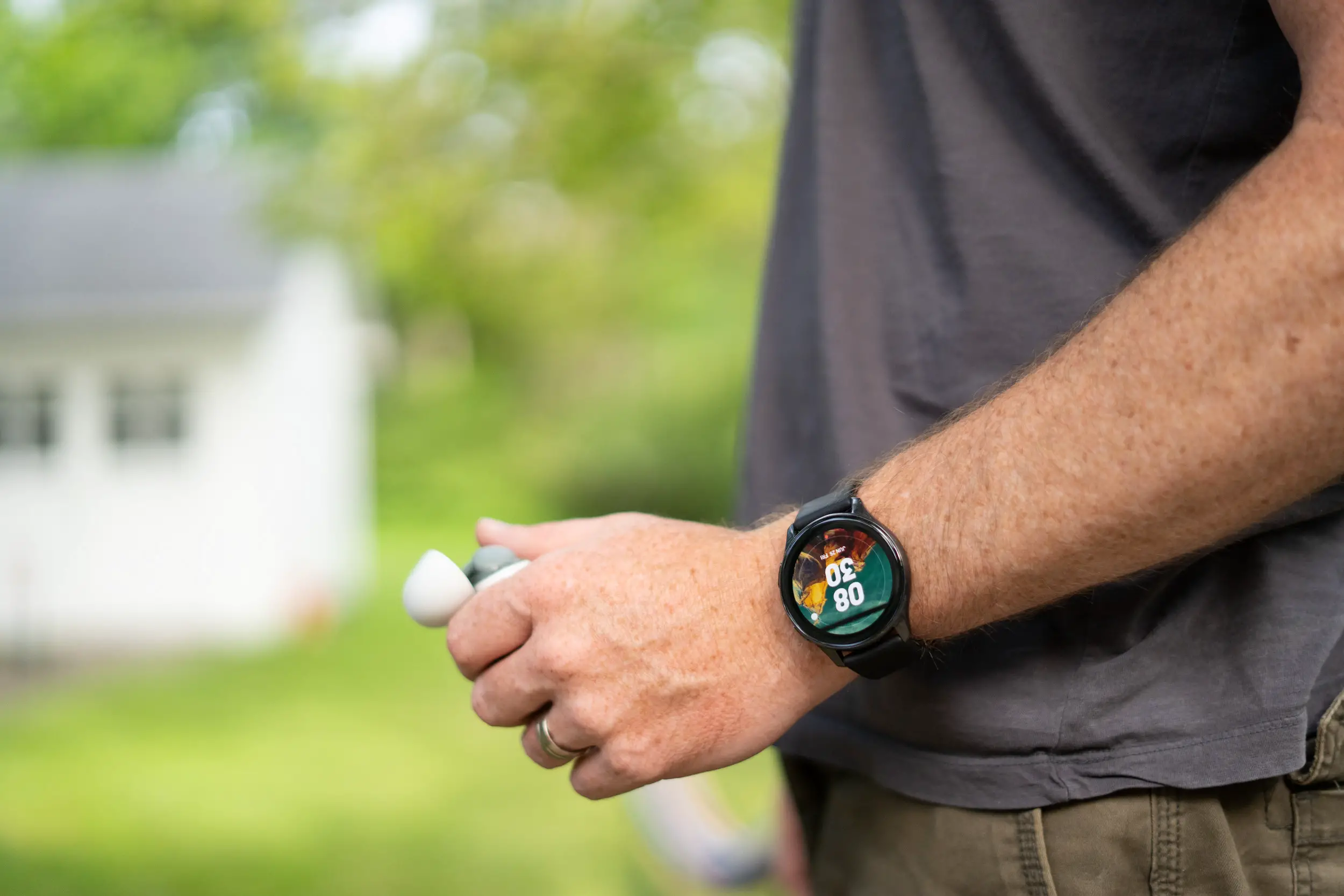
In true OnePlus fashion, the company made a big deal about the design of the smartwatch. While there’s nothing truly unique when it comes to its looks, the hardware is well-built, featuring a metal frame, 2.5D glass to protect the display, and a nice feeling silicon strap. The plastic back panel helps with keeping the weight of the watch in check and the overall body is slimmer than most other smartwatches I’ve tested this past year.
In a perfect world, you’d never have to worry about charging your smartwatch. There are a handful of Wear OS watches that can go three days between charges, but the average smartwatch usually runs out of power anywhere between the 36 and 48 hours marks. The battery in the OnePlus Watch lasts up to 10 days. OnePlus will tell you that you can get a full 14 days of use out of the watch between charges, but that’s only if you never use GPS tracking for your workouts. If you activate the always-on display, battery life drops to 6-7 days, but that’s still more than double what you get from any other smartwatch.
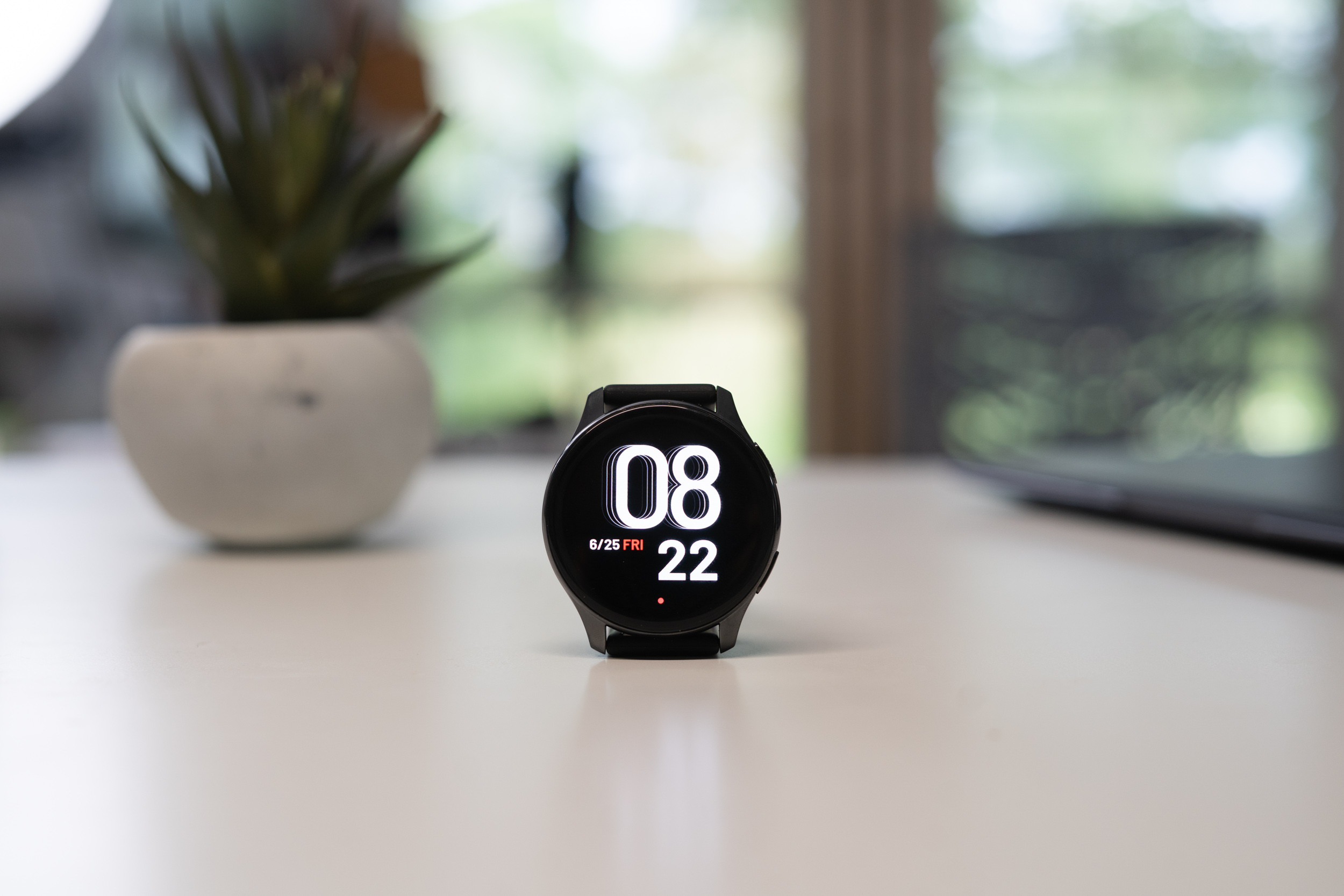
The battery lasts so long that I managed to go on a week-long vacation and decided to leave the charger at home. During that time, I tracked three different 2-mile runs and the watch still had a 10% charge after 8 days of use.
The Not So Good
But while the watch looks like a premium product with incredible battery life, the experience it offers is dramatically different. As someone who owns a collection of Wear OS smartwatches, I was immediately taken aback by how barebones the software experience is on the OnePlus Watch. Running on a custom build of RTOS (Real-Time OS), the watch offers fitness tracking options for a variety of different workouts, heart rate monitoring, sleep tracking, notifications from your smartphone, and more.
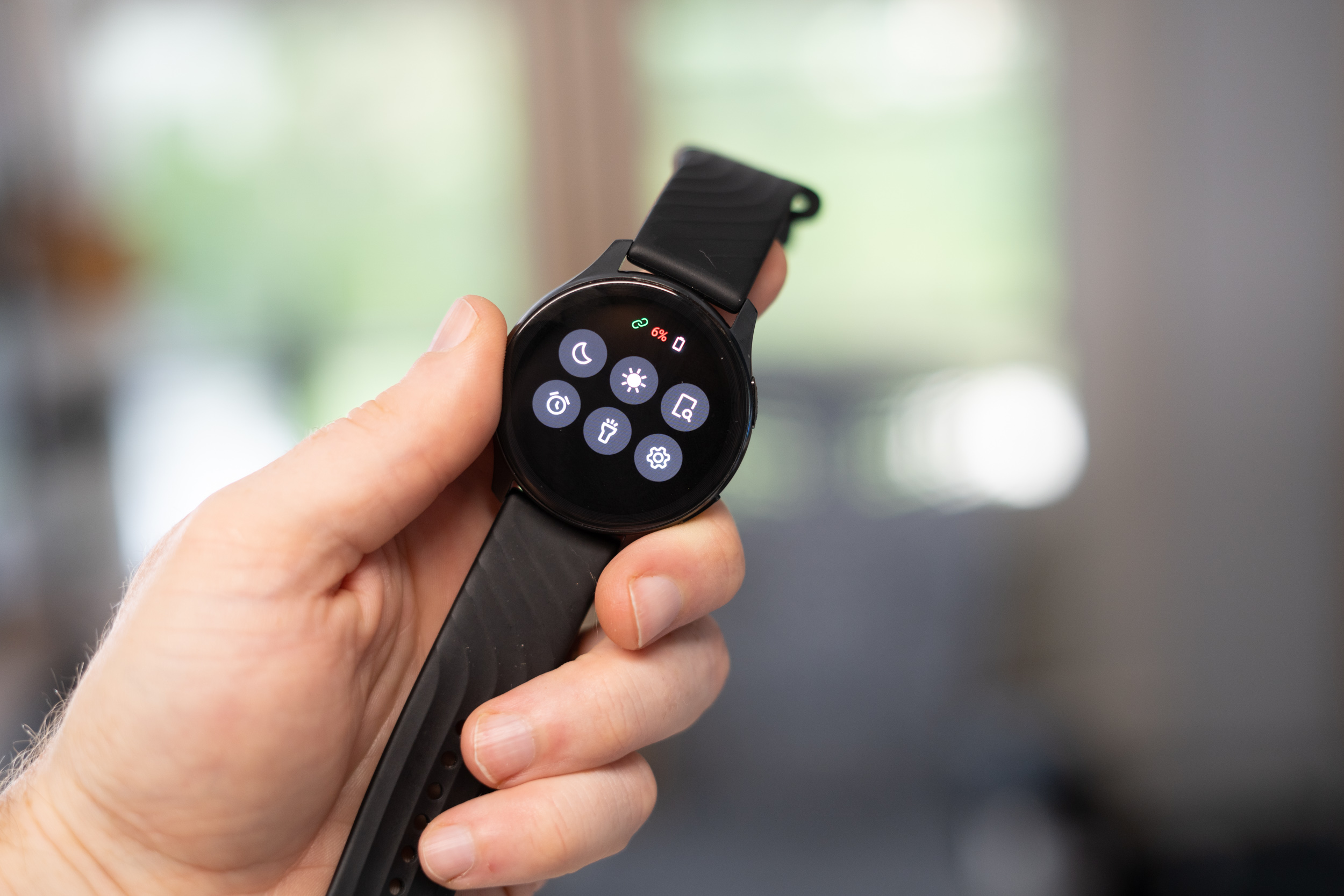
That may sound like what you can get out of any standard smartwatch running Wear OS these days, but in reality, the OnePlus Watch offers a near-identical experience to the $35 OnePlus Band fitness tracker that’s morphed to have a circular display and a much more expensive $159 price tag.
When the OnePlus Watch first showed up at my doorstep over two months ago, the software was definitely not really for the real world. OnePlus has been working overtime to release software updates for the watch, adding an always-on display feature, fixing dozens of performance bugs, rolling out more watch faces, and finally delivering the 110 different workout tracking options that were promised at launch.
Some may see the three major software updates that have been released so far as a good indication that OnePlus is committed to ensuring that its users have the best experience possible with the device. In my book, it shows how the product was rushed to market, leaving the users with a horrible experience.
My biggest gripe with the OnePlus Watch is that it fails in delivering one of the most basic features we all want from a smartwatch – keeping track of our steps. I’ve been doing a lot more running this year than I have in years past. I’ve always used a combination of a smartphone and a smartwatch to track my activities with different apps. I run my regular 3.2-mile route at least twice a week and other smartwatches and smartphones have always come close to matching the same distance within a few dozen feet.
That same route tracked with the OnePlus Watch comes up 0.6 miles short.
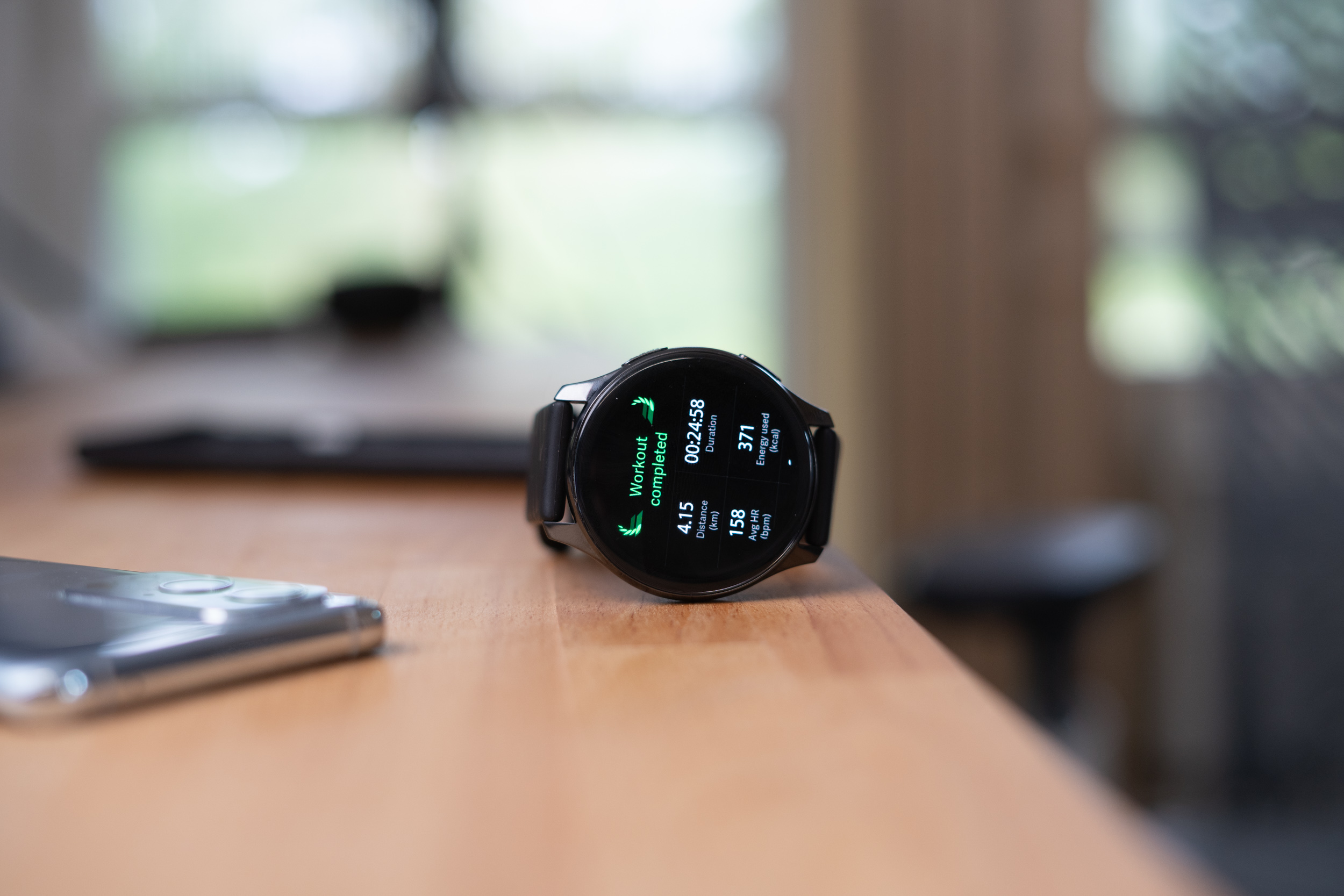
The first time out, I thought it was a fluke, but the watch continues to short me on my runs by a good 20%, no matter if I was running 3 miles or 7 miles. It’s also impossible to know where the tracking is going wrong since you can’t see route overlayed on a map on the watch and when it syncs to the OnePlus Health app on my phone, the software is so bad that it refuses to load the map, only showing me my route overlayed onto a black background.
Since the watch is running RTOS, it doesn’t come with an app store that would allow me to install a third-party fitness tracking app, so I’m stuck with an overpriced fitness tracking that can’t properly track me.
The second feature that drives me crazy is the way the OnePlus Watch handles notifications. I’ve never had a great experience with notifications from other smartwatches running RTOS, AmazeFit and a few others do a much better job.
Since this doesn’t pair up as nicely as Wear OS does with Android, you don’t get the same notification integration. You aren’t able to dismiss notifications on your phone from the watch or even reply to a message directly from a notification on the watch. Instead, all you get is a basic notification on the watch. Even if you swipe it away, you’ll still see that same notification on your phone the next time you unlock it.
What’s worse is that OnePlus will push show you all the notifications you haven’t swiped away or cleared from the watch every time a new notification comes in. This means you’ll be inundated with dozens of notifications by the end of the day each time you get a call or a new message if you don’t take the time to actively manage your received notifications. This is something that OnePlus could easily fix since a simple update, but I’m still waiting for that to happen.
Final Thoughts
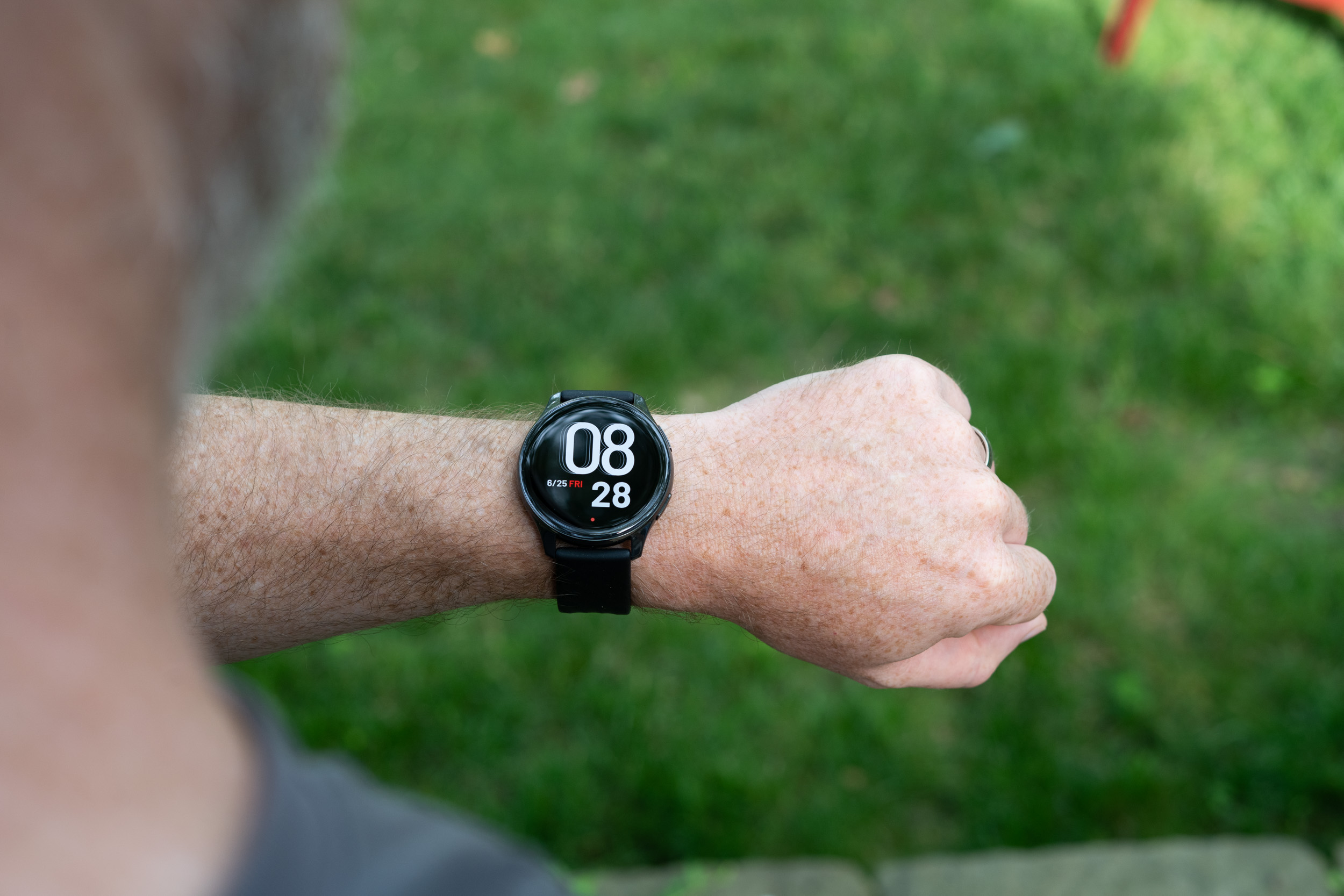
If you’ve made it this far, you can probably guess that the OnePlus Watch I’d recommend for anyone looking for a budget-friendly smartwatch. OnePlus did a good job with the design and managed to deliver great battery life thanks to RTOS, but the shortcomings are too many to ignore. The lack of app support and horrible notification integration make the OnePlus Watch as useful as a basic fitness tracking from Xiaomi. At least the latest Xiaomi Mi Band 6 offers slightly better fitness tracking capabilities while also costing one-fifth the price.
Needless to say, if you have $160-$180 burning a hole in your pocket, the Fitbit Versa 2 or the Samsung Galaxy Watch Active 2 are both much better options.
OnePlus Watch Rating: star_fullstar_fullstar_50star_emptystar_empty (2.5 / 5)
The Good
- Design
- Battery Life
The Bad
- Notifications
- No third-party app support
- GPS tracking
The Bottom Line
With so many other basic smartwatches on the market, your money is best spent on alternatives like the FitBit Versa 2 or the Samsung Galaxy Watch Active 2. OnePlus did a great job with the design, but we’re hoping they can dramatically improve the software the next time around.

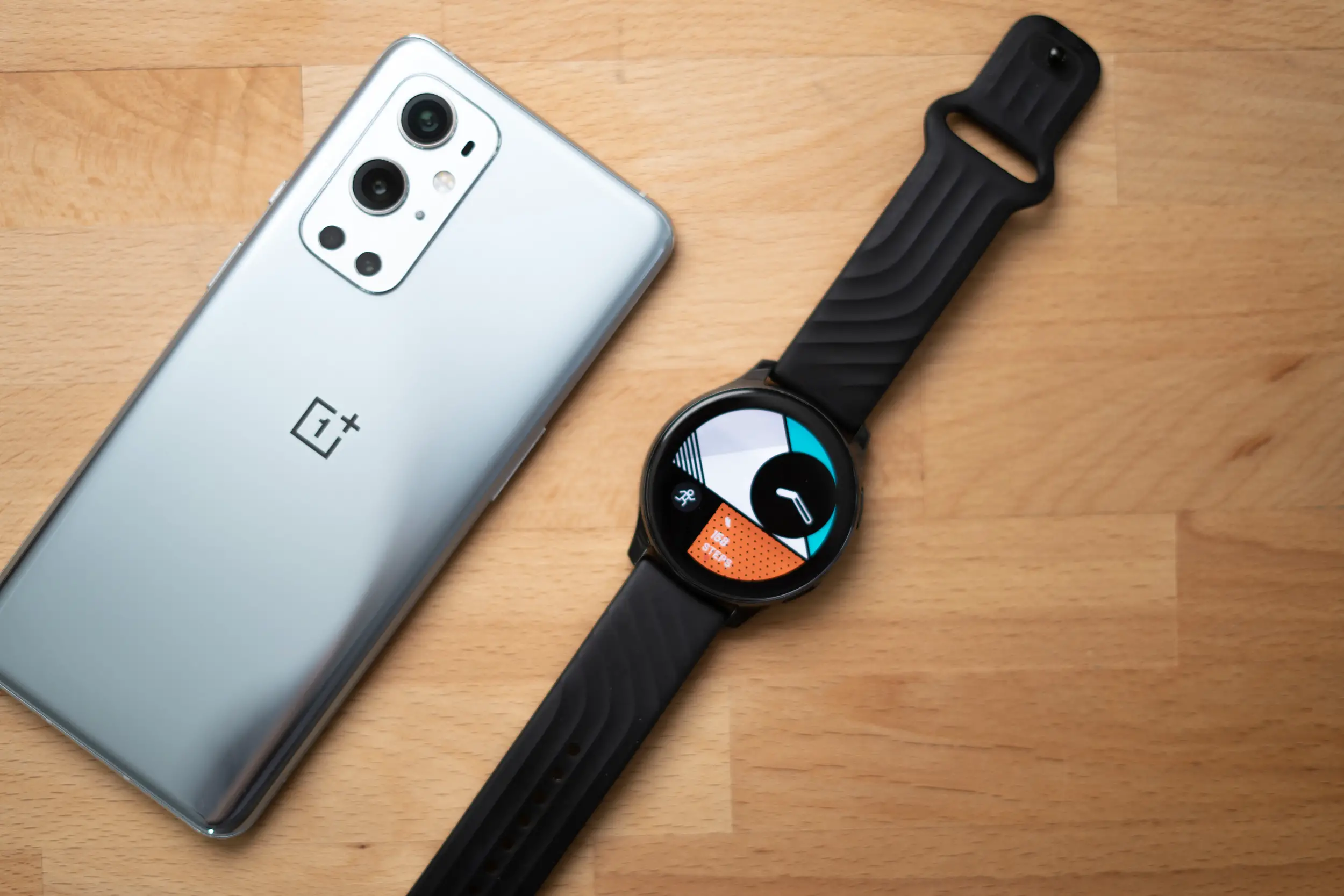
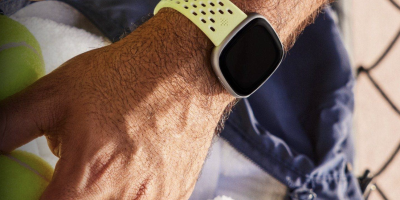


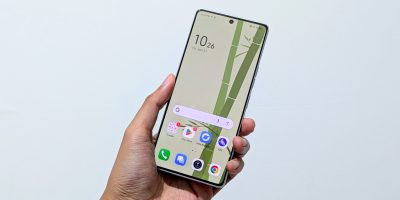




Comments